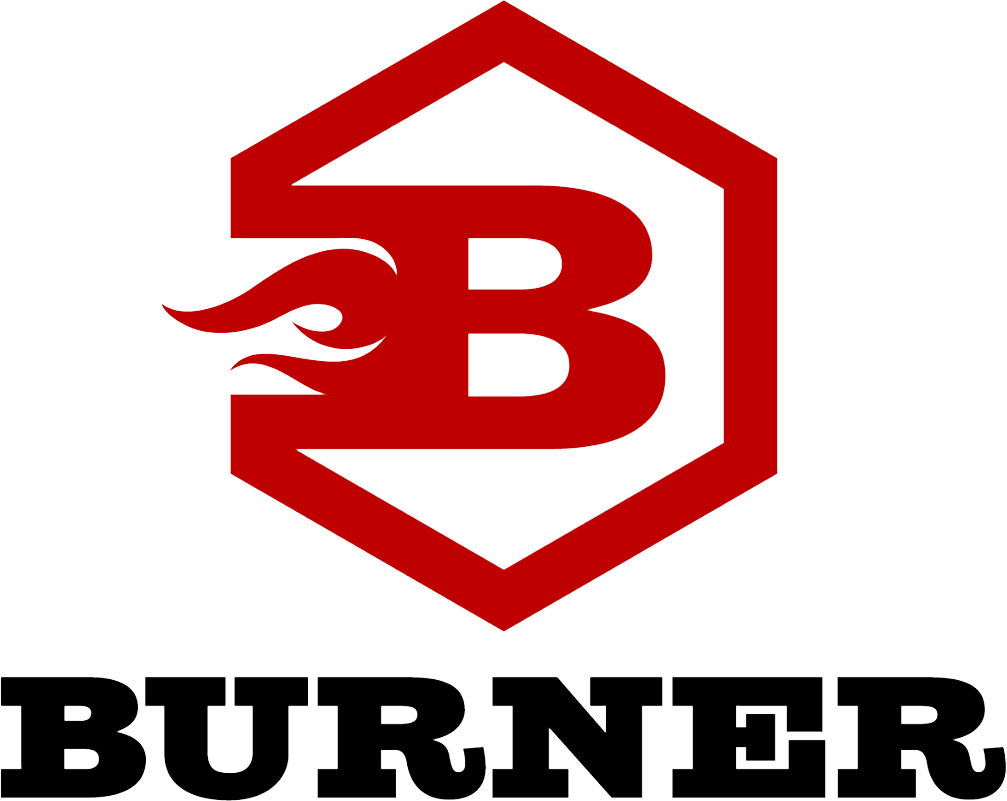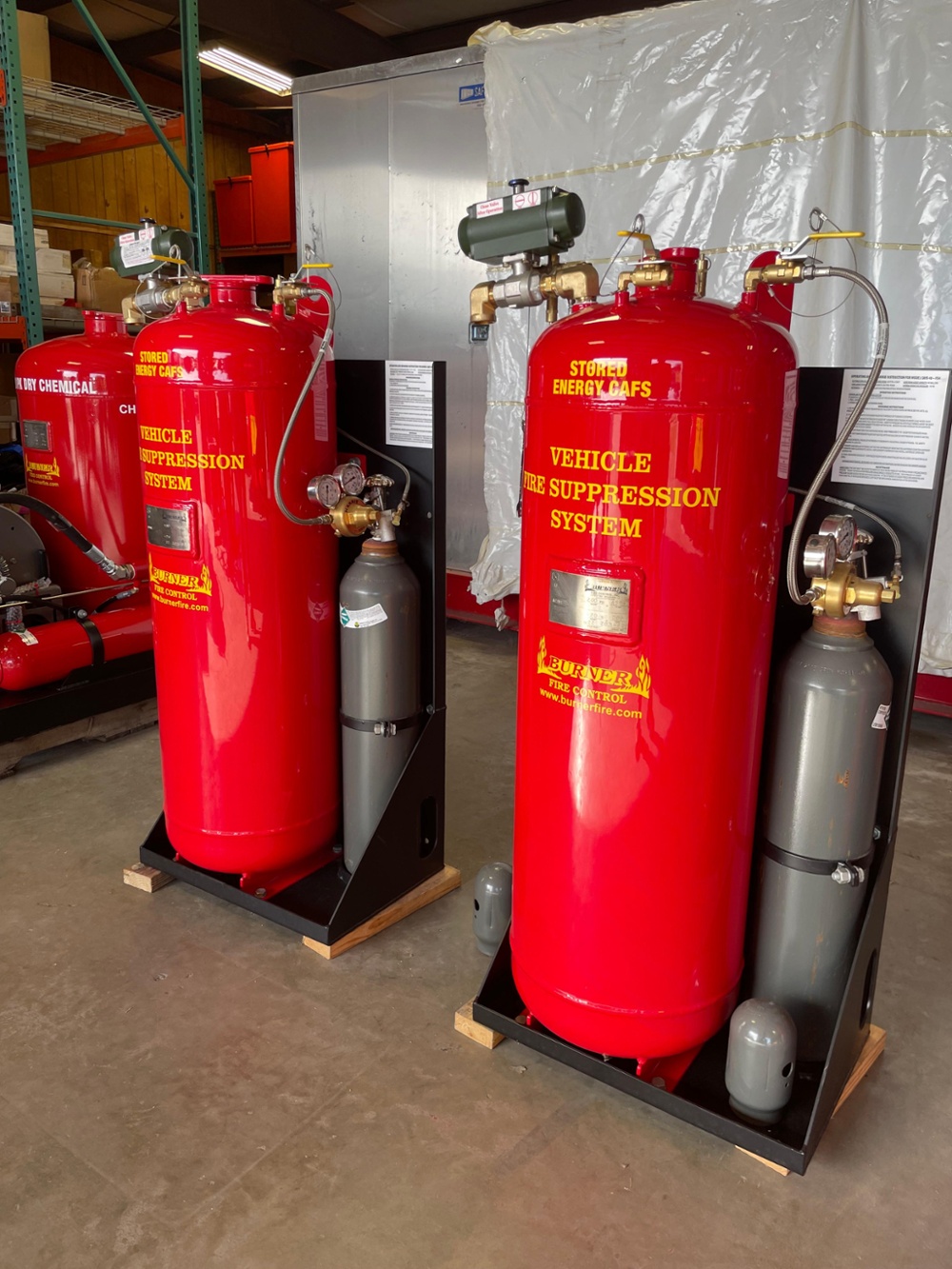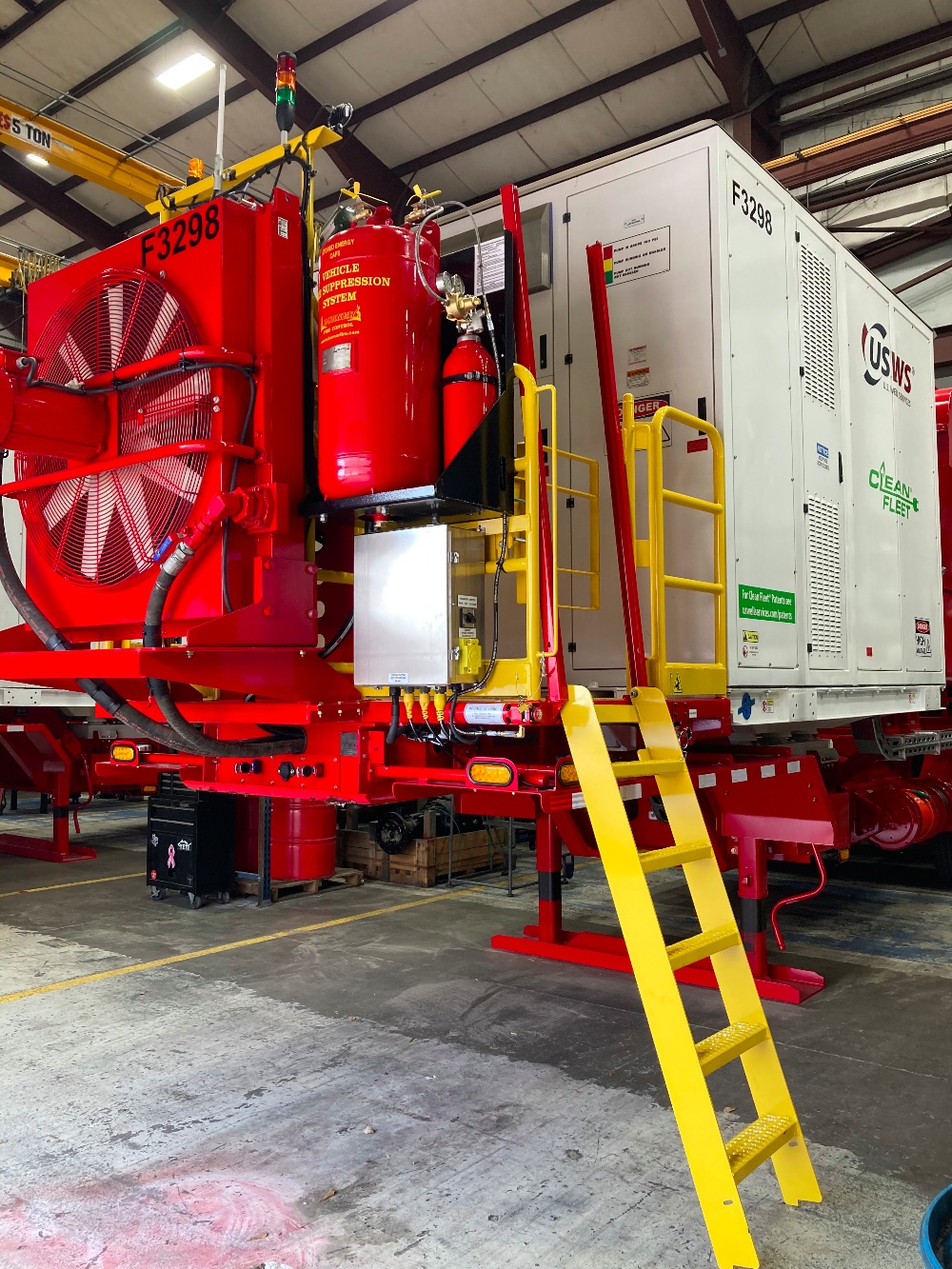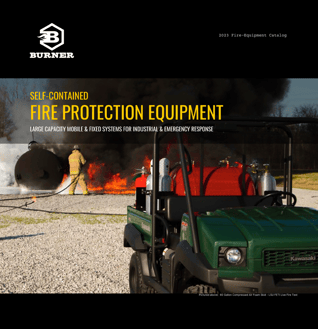Frac Pump Fire-Fighting Units
Wellsite Fire Protection for Pressure Pumping & Hydraulic Fracturing Facilities
NEW FRACTURING EQUIPMENT FLEET INTEGRATION
Advanced Fire-Fighting Systems for Electric and Fuel-driven Hydraulic Fracturing Sites
In 2019, Burner Fire Control was approached by one of the leading providers of pressure pumping & hydraulic fracturing services and tasked BFC to design a Compressed Air Foam System (CAFS) to protect their new breed of frac fleets. Ideally, the CAFS would be mounted directly on the frac trailer. The result is a 30-gallon unit (both automatic and manual push-button activation), with discharge hoses feeding elevated nozzles positioned to blanket CAF directly on designated areas. The system is completely self-contained and does not require outside water or power for operation. Unlike other non-CAF fixed vehicle systems, the 30-gallon Burner fixed CAF system provides blanket coverage over the complete pump assembly - enabling the foam to cover and extinguish the ignited migrating & pooling liquids.
This configuration has since been adopted by multiple equipment manufacturers to be installed on new builds. These fixed systems, along with strategically placed CAFS skid units, are quickly becoming the standard fire equipment package for land sites offering maximum protection for personnel and facility assets.
WELLSITE FIRE PROTECTION
AHJ and Hazard Identification
Commissioning large capacity fire-fighting equipment on offshore facilities has long been a major component of standard procedure. Governing codes determined by the Authority Having Jurisdiction (AHJ) can vary by the circumstance and region of marine facilities.
For land-based facilities, fire-fighting equipment requirements, policies, and procedures have remained largely fragmented (other than OSHA minimum requirements). Many times, this forces facility personnel to rely on regional fire departments in the case of a fire event, who often have to compete with logistics and the lack of proper tools in their fleet to effectively fight (what typically becomes) an advanced-stage Class B fire.
All land facility operations should place high priority in implementing the proper tools and procedures to prevent the conversion of incipient hazards to advanced-stage fires. A hazard identification (HAZID) assessment is recommended to identify areas that could compromise personnel safety and all assets of the operation.
On fracturing equipment sites, high risk areas include pump fluid lines and tank storage units. Ignition of a single unit or pump assembly often quickly spread across the others in close proximity, resulting in deadly exposure for personnel and a total loss of the fleet.
COMPRESSED AIR FOAM
Tested and Proven for Hydrocarbons
One common theme remains in both U.S. and international-based industrial fire protection standards – These standards conclusively rely heavily on the use of FOAM as the primary means of suppression in the presence of fuel-related hazards.
To mitigate ignitions on hazard points for land-based facilities, the proper foam agent [designed specifically for hydrocarbons and flammable liquids (Class B)] must be used. Compressed Air Foam (CAF) has proven to be the dominate agent, providing the proper expansion ratio when aspirated from a well designed delivery system. CAF attacks all sides of the fire tetrahedron by smothering the fire with a “foam blanket”, preventing oxygen from combining with fuel. CAF diminishes heat by insulation, (using the trapped air within its bubble structure) reflecting radiant heat. This insulation prevents additional fuel from reacting with the fire by providing a barrier, disrupting the chemical reaction required for continued ignition.
In equal importance as the foam itself, the delivery system (equipment) used to dispense the CAF plays a major role on how the foam is discharged & aspirated to maximize its fire-fighting properties. Burner Fire Control's pre-engineered equipment line has proven to be the most durable & highest performing stored-energy CAF systems on the market.
RECOMMENDATIONS
Integrated & Mobile CAFS Deployment
As there are varying dynamics for each site, it is important that the operator and service provider perform the irrespective diligence for each facility. This includes clear communication with all HSE and operational team members about the responsibilities and capabilities of all personnel on site.
Burner Fire Control can assist your teams with the optimal equipment layout and a detailed fire plan based on the results of a Hazard Identification (HAZID) inspection performed for the site.
Our Fire & Safety Division can be reached at:
- Contact Us Web Form
- Phone 24/7 Direct: 337-237-4547 or toll-free at 1-800-864-4073
